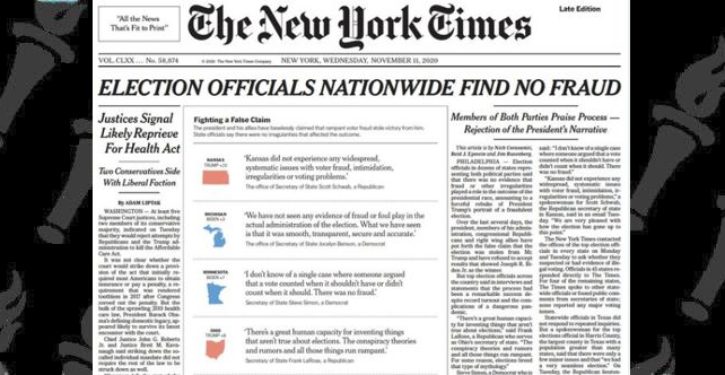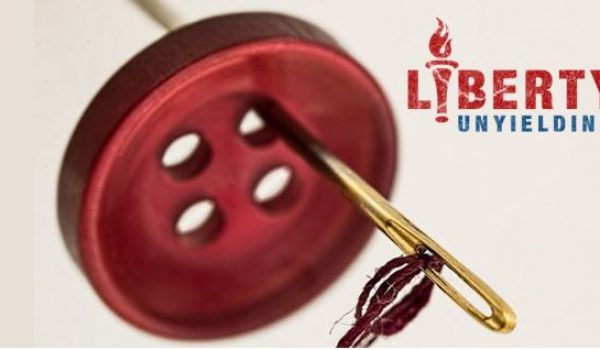
By K. Walker
How can the New York Times be considered credible when its news reports contradict its own reporting from just a few years ago?
The Times has been one of Donald Trump’s fiercest critics over his claims that fraud played a part in the 2020 election. Even before the election, the Times was denying the existence of vote fraud, writing:
Will this presidential election be the most important in American history?
The specter of widespread voter fraud has been a cornerstone of President Trump’s efforts to dispute the Nov. 3 election should he lose. A New York Times Magazine investigation published on Wednesday has found that the idea, based on a flimsy set of sensationalist, misleading or outright false claims, was intentionally planted in the public discourse as part of a decades-long disinformation campaign by the Republican Party and outside actors. …
…Despite the attention paid to it by administration officials and right-wing media, voter fraud is a largely nonexistent problem. Law enforcement investigations have repeatedly failed to find major wrongdoing in cases hyped for political gain, often based on sloppy data analysis.
I guess that the Grey Lady herself was part of that disinformation campaign when they published an article in October of 2012 titled “Error and Fraud at Issue as Absentee Voting Rises.” The article, which ironically takes aim at Republicans, who, at the time, tended to rely on absentee ballots more frequently than Democrats, clearly states that there is bipartisan concern over the practice:
There is a bipartisan consensus that voting by mail, whatever its impact, is more easily abused than other forms. In a 2005 report signed by President Jimmy Carter and James A. Baker III, who served as secretary of state under the first President George Bush, the Commission on Federal Election Reform concluded, “Absentee ballots remain the largest source of potential voter fraud.”
On the most basic level, absentee voting replaces the oversight that exists at polling places with something akin to an honor system.
It says that absentee ballots are more often deemed invalid and are therefore not counted at a higher rate than in-person ballots.
Here’s the killer line:
“Absentee voting is to voting in person,” Judge Richard A. Posner of the United States Court of Appeals for the Seventh Circuit has written, “as a take-home exam is to a proctored one.”



